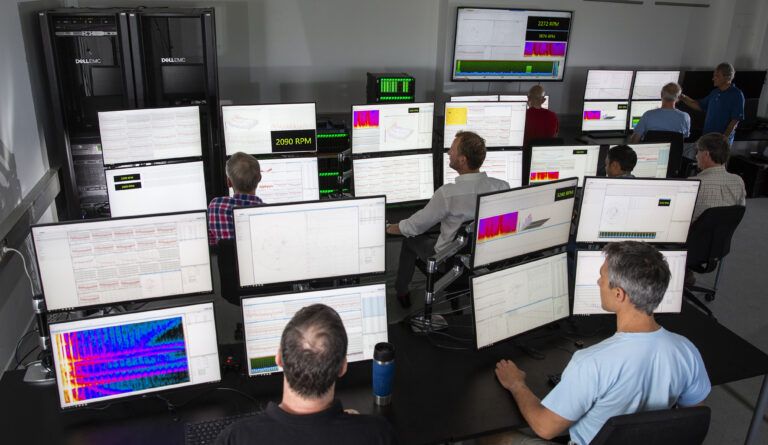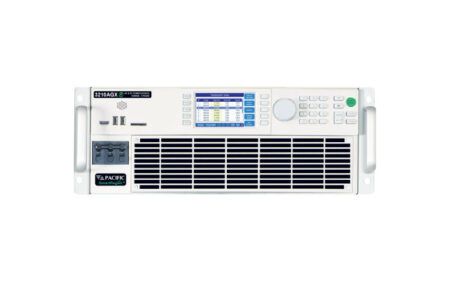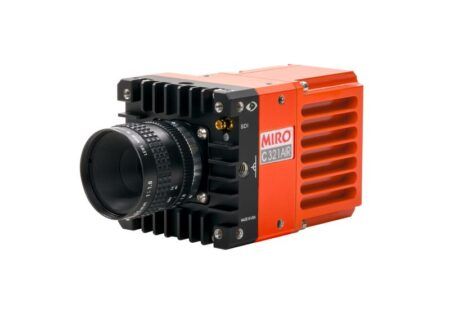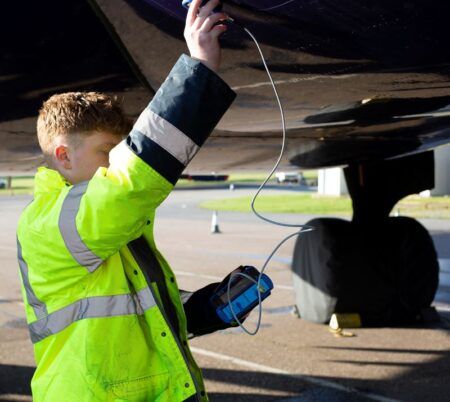A new approach to dynamic standardized testing that incorporates an early warning system for fast adjustments and the generation of test results while protecting the items under test.
Testing is a necessary part of producing a new product. Companies need to be able to competently test their products in the least amount of time using the safest process to protect their prototype investment. The ability to reduce the amount of time spent in the test environment can provide substantial benefits for data quality, insights and overall testing costs.
B&K Tescia is a new system solution targeting vibration, acoustics and rotating machinery monitoring and testing. The system incorporates unique capabilities and a user-centric workflow to reduce setup time, safeguard the test items, and improve data quality and test-result validation. Aligned with Brüel & Kjær’s approach of recognizing the different roles that exist in the testing process, the system is structured to address the needs of users for each stage in the complete testing process.
Beginning with the test-design phase, the system uses a single spreadsheet-based setup that enables multiple experts to set up their domain-specific areas of the test, simultaneously – before the test object is anywhere near the test area. This setup is then transferred to the system, where the test engineers and operators interact with the test via a simplified interface that requires minimal training. During testing, data is analyzed by the system in real time. This analysis capability provides monitoring and alarms, pre-defined test results, recordings and calculated values instantly generated as part of the test.
The ability to receive steady state, typically low speed temperature and pressure measurement, data into the system and the capability to generate steady state measurements based on order tracks, spectral characteristics and Nth-octave analysis provides two beneficial results. The test parameters for given test are setup by the test designers and enable the test operation to be incorporated into the easy-to-use interface for the test engineers as measured values, for example, in a go / no-go format. This also means that the time investment spent in the test setup produces actionable results as the test is being executed. This capability enables the design engineers to monitor the test and reduce design turnaround times. Steady state measurements can be viewed using bar graphs, digital displays or time histories, and multiple parameters can be overlaid on a single display. Another major benefit of the steady state data is the immediate correlation of data and effects – a simple example is being able to see the connection of increased vibration on startup due to reduced lubrication from cold lubricants.
The scale of this system can vary greatly, from single-user, stand-alone systems that acquire and process data from a single four- channel LAN-XI module on a single laptop all the way up to linked systems acquiring data from hundreds of channels and distributing results to multiple local or remote systems. Another key aspect of the system that enables a simplified and quick set-up in the test environment is the support of LAN-XI hardware, which can have dedicated or universal channel configurations. The universal configuration removes the need to preassign channels and ensures that the transducers are connected to correct channel types, so during set-up, the system will automatically detect whether they are ICP, charge, direct line, etc., and will handle them as such.
This article was supplied by Bruel & Kjaer





